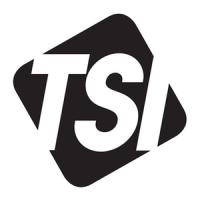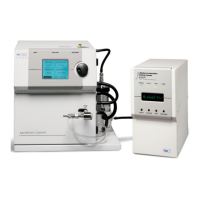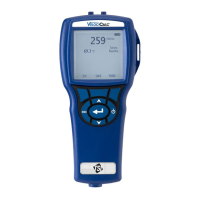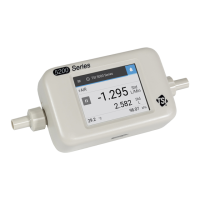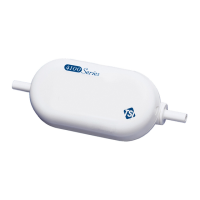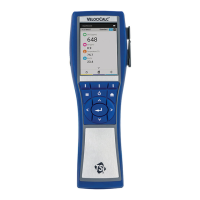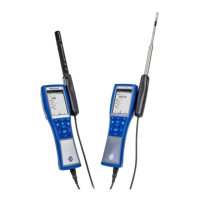1–4 Series 3080 Electrostatic Classifiers
Polydisperse, submicrometer aerosol passes through a radioactive
bipolar charger, establishing a bipolar equilibrium charge level on
the particles. Particles receive either positive, negative, or zero
charge(s). The particles then enter the DMA and are separated
according to their electrical mobility. This parameter is inversely
related to particle size and proportional to number of charges on
the particles.
In the particle-generation mode, the particle size of the
monodisperse aerosol exiting the Electrostatic Classifier is selected
simply by using the control knob on the front panel. When using
the Classifier for particle sizing, it can be operated in two modes:
underpressure mode, during which the flow rate of the polydisperse
aerosol is set by the CPC, and overpressure mode, in which the flow
rate of the polydisperse aerosol is set by the aerosol source entering
the Classifier. In underpressure operation, air is drawn through the
DMA, a useful practice when sampling from aerosol at or near
atmospheric pressure. In overpressure mode, the aerosol is pushed
through the DMA. Overpressure operation is best when generating
aerosols from pneumatic nebulizers or other pressurized systems.
System History
The first Electrostatic Classifier manufactured by TSI was
designated as the Model 3071. It consisted of a manually-adjusted
high-voltage controller and manually-adjusted valves with mass-
flowmeters to measure flows. The cabinet incorporated a Kr-85
radioactive neutralizer and a long DMA. This version was in
production from September 1976 to November 1992.
In 1993, the Model 3071 Classifier received cosmetic updates and
some minor engineering changes. This brought the instrument up-
to-date in terms of electrical compliance and replaced obsolete
parts. A new color scheme brought the Classifier inline with the
family of TSI scientific particle instruments as the 3071A. The
Model 3071A was replaced by the newer Model 3080.
The Model 3080 is a complete redesign of earlier Classifier models
and began shipping in January of 1999. The modular instrument
has two interchangeable DMAs with recirculating flow for precise
match of sheath and excess flows. It uses electronics to control
volumetric flow, voltage, and particle size. Instrument can be
conveniently controlled using control knob and display on the front
panel.
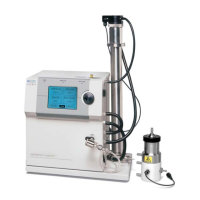
